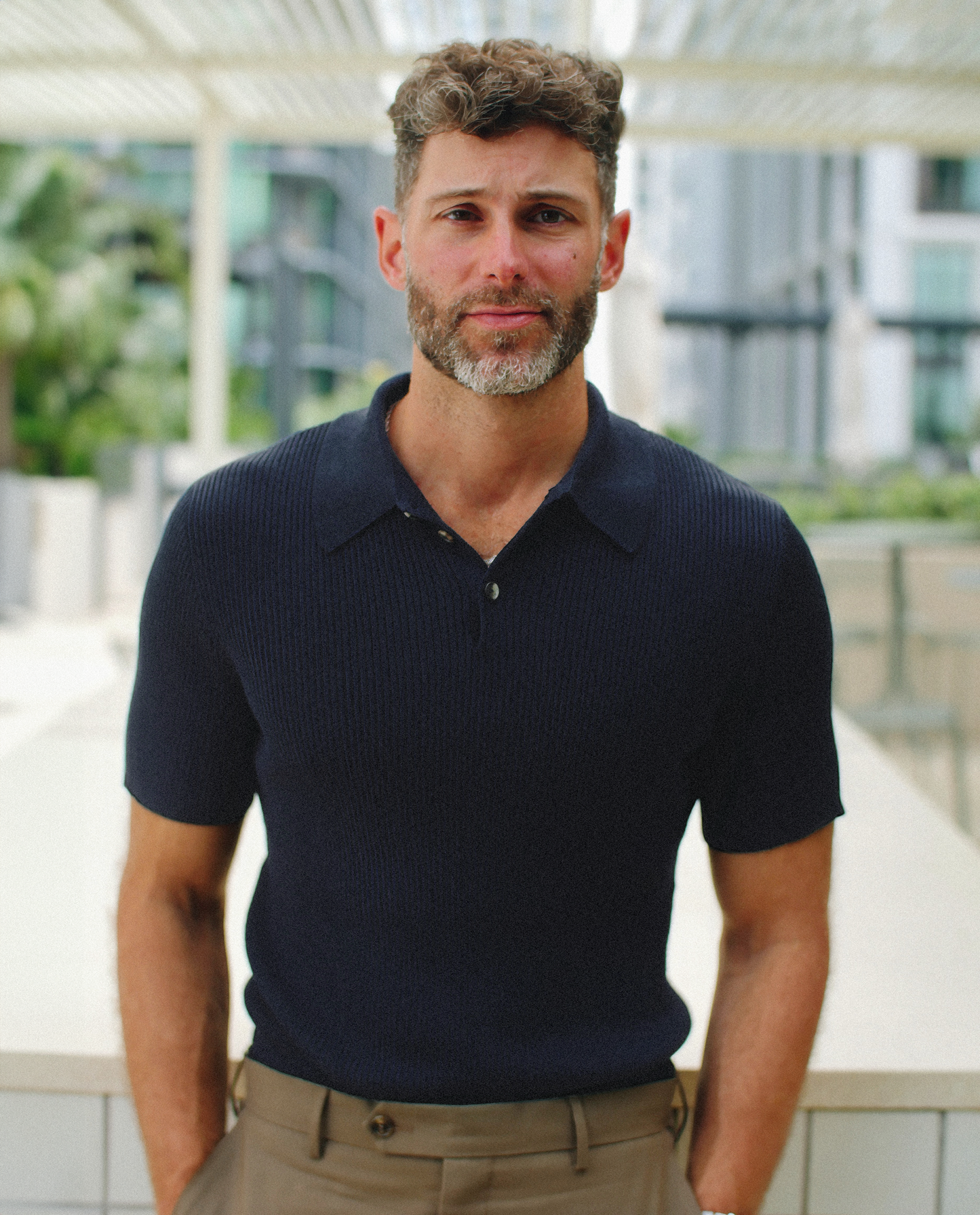
You guys ever heard of the “twin film phenomenon?” Even if you haven’t you’ve probably seen it happen. Basically it’s when two movies come out around the same time that are very similar in plot or story that were made by two different studios. For example, do you remember a movie from 1998 about a world-destroying asteroid hurtling towards Earth? Okay, which one do you remember, Armageddon or Deep Impact? Or did you go to the theater in 2013 to see a movie about a terrorist attack on the White House? Was it Olympus Has Fallen or White House Down? It’s a weird thing, usually a coincidence, but often it reflects demand and enthusiasm for a very particular sort of product. A twin phenomenon from human history? The parallel development of linen and ramie.
We live in a globalized world nowadays so we can get anything everywhere, but we didn’t used to have big ole boats full of anything and everything criss crossing the world, sometimes getting stuck in the Suez Canal. Hell, we didn’t even have the Suez Canal. Local agriculture developed all over the world in different biomes and climates, but human needs were mostly the same. People needed to eat, stay warm, make tools, etc. Two different plants produced incredibly strong yet lightweight fibers and people learned how to use them to make clothing, furnishings, ropes, and more. It’s just that the different plants – flax and ramie – were on the other side of the world from each other.

Both plants are basically grasses, with flax yielding some nice flowers and ramie some thistles, and were some of the first crops cultivated for fabric manufacturing. Big difference is that flax is a seasonal crop prone to growth in temperate climates like Europe while ramie is a perennial found in more humid climates like southern China. The fibers found within both of them were incredibly versatile and ancient folk knew a good thing when they saw it- they’re strong when wet, dry quickly, and can be easily woven into a variety of items. Back then, yeah, stuff like fishing nets, tarps, and other necessities were the primary items to be made, but you know what’s a necessity now? Looking really fucking good.

Now that we’ve moved on beyond the basics of survival we mostly use linen and ramie for consumer goods. Shouldn’t come as much of a surprise if you’ve ever been shopping for a summer wardrobe. Both fabrics are nigh omnipresent these days in the loose fitting cuts you’d associate with clothing designed to encourage breeziness. So you may be asking- which is “better?”
Well, neither. Or both. Depends on if your glass is half full or half empty. See, as these two fabrics developed in parallel in wholly different societies, there was never really a reason for the two to compete. It’s not like some flax farmer in Belgium was shaking his fist at a ramie farmer in Guangdong for stealing his business. So thriving flax and ramie farms, weavers, and the surrounding industries flourished independently. But as mentioned before, we’re now in a globalized world where we can order, I dunno, Kazakh wheat delivered to Kansas. If ramie or linen were better than the other why wouldn’t the world use that one, the “superior” fabric? Because it’s still pretty fucking inconvenient to get Kazakh wheat to Kansas when they’ve got plenty of wheat already there.
Even though there’s some difference in ramie and linen – ramie can be woven finer and take colors better, for instance – their functionality is similar enough that it’s not really worth hauling a bunch of one or the other around the world. Plus, you have to think of the established knowledge base of artisans. If you’re going to import ramie to Italy (where we manufacture most of our goods) you’d have to find Italian mills willing to use ramie. Doesn’t help ramie can be tough to work with if you don’t know what you’re doing. So you plop a crop of ramie in front of some fabric maker who has mastered their ways they’ll probably say “yeah, but our well-crafted linen is right there.” Same for the vice versa. Why make a bunch of ramie specialists in Asia, who have turned its occasionally laborious cultivation into a well-oiled science, work with linen when they don’t have to? You wouldn’t ask your math teacher for help with your book report, after all.
Plus there’s the whole rigamarole and environmental impact of taking a native crop elsewhere for production. We like to use mills who source from farmers that are a stone’s throw away as opposed to a 14 hour flight. It keeps the local populous employed and various ships and planes from belching out fuel exhaust.
You can, of course, mind the minute details of ramie and linen and buy some Chinese made ramie goods if the spirit moves you. We don’t mind! The fabric can get sheerer and lighter if you want something nigh translucent, and it can work with items designed to be stiffer and tougher like outerwear, so yes, there are some advantages. If we were based out of Asia we’d probably use ramie a lot more. But as a company that loves Italy, wants to invest in Italy, and is fueled by a not-insubstantial amount of mozzarella, we’re going to work with what our friends and partners make and make well. It, in turn, makes for better garments. Those are, in case you don’t know, the stuff that you buy from us, so ultimately it’s you who win.
So sometimes the choice is less about what’s “better” in terms of tech specs and more about what’s better for quality of life for everybody (including Mother Earth) involved. The path of least resistance is a sweet path indeed. Let’s not make things difficult, we don’t get enough sleep as it is.



